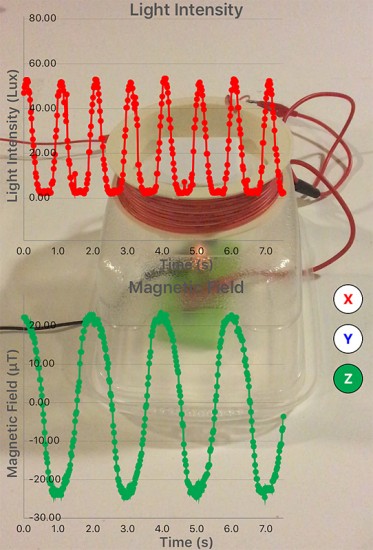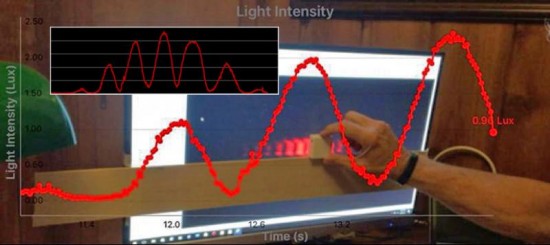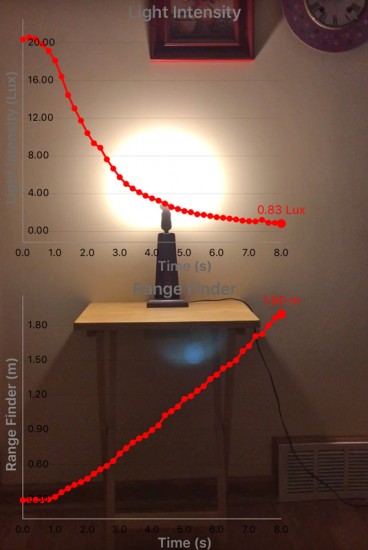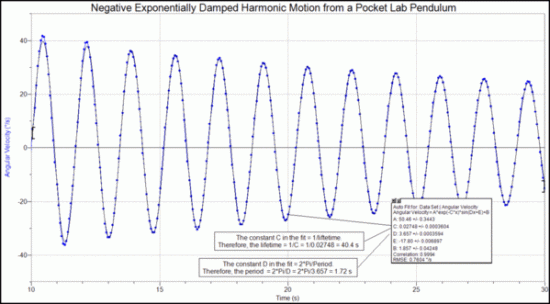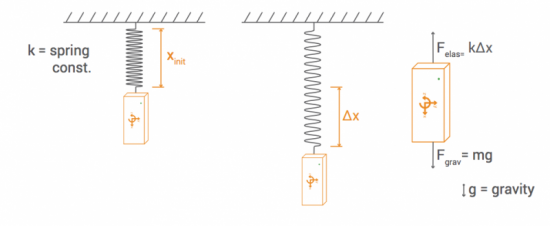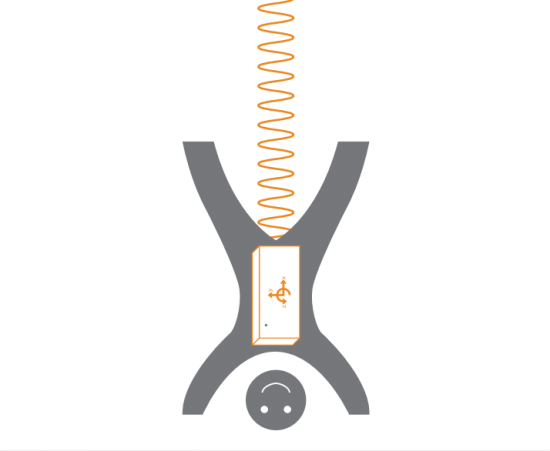PocketLab Voyager: Light Intensity of a #50 Lamp vs. a Slow Sine Wave Current
In this investigation we study a slowly varying sine wave signal produced by a function generator and amplified by a power amplifier to light a small #50 lamp. We are specifically interested in seeing the relationship between the light intensity of the lamp and the current it is carrying at any given instant of time. PocketLab Voyager is a perfect laboratory for performing this investigation even though Voyager does not have a current sensor.

